Features > Property News & Insights > Market updates
Housing front and centre in Federal election campaign
.png)
Image from ABC News
KEY POINTS
- Tackling the ongoing housing crisis is set to be one of the key battlegrounds during the campaign for the forthcoming Australian Federal election on May 3rd
- The Labor government’s focus is on delivering existing initiatives, including the Help-to-Buy shared equity scheme and the Housing Australia Future Fund (HAFF)
- The Coalition plans to let first-home buyers access super for a home deposit, reduce migration, and create a $5 billion housing infrastructure fund
- The Greens call for rent freezes, ending tax concessions for investors with multiple properties, discounted mortgage rates and a public housing developer
Now that Prime Minister Anthony Albanese has fired the starting gun in the Federal election campaign, expect to hear plenty in the run-up to the poll on May 3rd about what the major parties are doing to tackle the housing crisis.
This election will see stark policy differences in the housing space.
Labor’s focus is on the delivery stage of many of the housing policies it took to the last election, while the Coalition has attempted to broaden the housing debate, pledging to pull migration and superannuation levers to help get more Australians into their own home.
Labor’s policies
The Albanese government’s main housing focus has been on delivering two key supply-side initiatives.
The Help to Buy scheme, which only passed parliament last year, is aimed at assisting 40,000 home buyers over the next four years.
The shared equity scheme will see the Federal government provide a contribution of up to 30% of the cost of buying an existing home or 40% of the cost of a new home.
There are various prerequisites to qualify for the scheme, which is aimed at helping many who would struggle with financial barriers to homeownership, including saving a deposit.
Eligible people will be able to buy a house with as little as a 2% deposit without having to pay Lenders Mortgage Insurance and will have much lower - and manageable - repayments.
Buyers also won’t have to pay any kind of rent to the government while they live in the property.
However, they would have to pay back the government’s share on a percentage basis when they sell the home, if they haven’t already “bought out” that equity stake.

Image by Lukas Coch/AAP
In the 2025 Federal Budget, brought down three days before the election was called, Treasurer Jim Chalmers unveiled changes to the scheme which would see income caps and home price caps lifted.
It’s believed this move came about because a similar state scheme in New South Wales for essential workers closed its doors early due to a lack of interest from buyers, who either earned too much or who could not find suitable homes under the scheme’s price caps.
The main political problem for the government with Help-to-Buy is that it won’t actually be up and running until later this year.
The Coalition says the $6.3 billion scheme is bad value for money and has raised questions for potential buyers about the wisdom of having the government own a large slice of their homes.
The Greens, on the other hand, believe the scheme will benefit a “lucky few” who will essentially use government money to push up home prices even more, exacerbating the housing crisis.
Labor’s other big supply-side housing initiative is the HAFF - or Housing Australia Future Fund.
This is a $10 billion fund, established at the end of 2023, where the proceeds from investments the fund makes will help build 30,000 social and affordable homes over five years.
The Coalition has said it will close the program down if elected, claiming it hasn’t delivered a single new home.
In February, the Sydney Morning Herald reported that data from the HAFF showed that 11 buildings (all in Sydney) had been completed under the HAFF, with 2191 under construction in Sydney, Melbourne and Perth and thousands more planned.
221 existing homes have also been purchased and restored in Perth’s outer suburbs.
Labor is also attempting to add to the housing supply via the Housing Support Program, which provides funds for infrastructure like roads, water and power for new homes.
It's put up incentive payments in a bid to get state and territory governments to streamline planning systems to accelerate new housing supply, and there are also incentives to get more apprentices into the building industry.
On the demand side, Labor is matching the Coalition by implementing a two-year ban on foreign investors buying established homes, and cracking down on so-called “land banking” by investors based outside Australia - although most observers believe these will make a minimal difference to the availability of homes.
Low-income renters have seen a significant change under Labor, with the maximum rates of Commonwealth rent assistance increasing by about 45% since Labor came to office in May 2022.
However, much of those gains have been wiped out by sharp rent rises over the same period.
The Coalition
The Coalition’s big supply side housing policy is a $5 billion fund for essential infrastructure, particularly aimed at greenfields housing developments on the fringes of our big cities.
Coalition leader Peter Dutton says the aim is “to get stalled housing projects up and going,” claiming this will “create 500,000 new homes.”
The Coalition says it will freeze any further changes to the National Construction Code for 10 years, saying onerous new building regulations are actually thwarting more housing supply.
With an eye firmly on the first-home buyer vote, the Coalition is also pledging to let younger Australians get early access to some of their superannuation to be put towards a deposit on a first home.
Drawdowns would be a maximum of 40% of a person’s superannuation balance, capped at $50,000.
If the home is sold, the initial amount taken out would have to be returned to superannuation.
The argument is that Australians should be allowed to use some of their superannuation savings to buy a home while they are young, as retiring without owning a home leads to less financial security in old age.
However, the super industry and many economists say the plan could thwart the retirement savings of young Australians and merely serve to drive up home prices.
Recent research by a superannuation industry lobby group claims overseas experience shows allowing people to access some of their super to buy a home could drive up home prices here by at least 10%.
On the demand side, the Coalition is pledging to reduce Australia's permanent migration intake by an average of around 25% for at least four years.
Refugee and humanitarian migration numbers would also be cut by around 45%, while the Coalition has also said it will reduce the numbers of foreign students at metropolitan universities, although it has not said by how much.
It claims this “rebalancing” of the migration program would free up almost 40,000 additional homes in just the first year of operation alone.
The Greens
The very real prospect of a hung parliament means the Greens' housing policies shouldn’t be dismissed as a “pie-in-the-sky” wishlist, with the party possibly having a role in influencing the policies of Australia’s next government.
The party’s housing policies are strongly geared towards renters - a key support group - and first-home buyers, with a focus on affordability and tenant protections.
The Greens have called for rent freezes and price caps and propose establishing a National Renters Protection Authority to oversee and enforce tenant rights.
Additionally, the Greens advocate for phasing out tax concessions like negative gearing for property investors with more than two properties—an approach opposed by both Labor and the Coalition.
To address housing affordability, the Greens say there should be discounted mortgage rates for first-home buyers.
They also want the establishment of a government-owned property developer, which would construct 360,000 high-quality public homes over five years.
Stay Up to Date
with the Latest Australian Property News, Insights & Education.




.png?width=292&height=292&name=Copy%20Link%20(1).png)
 SIGN UP FOR FREE NEWSLETTER
SIGN UP FOR FREE NEWSLETTER
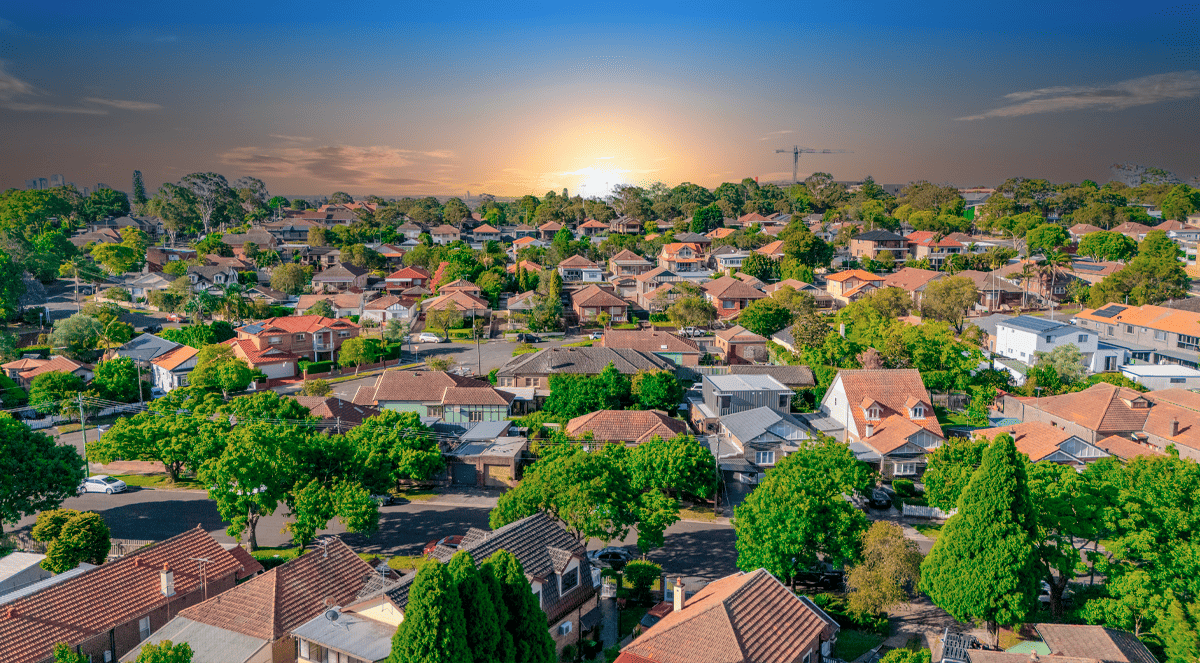
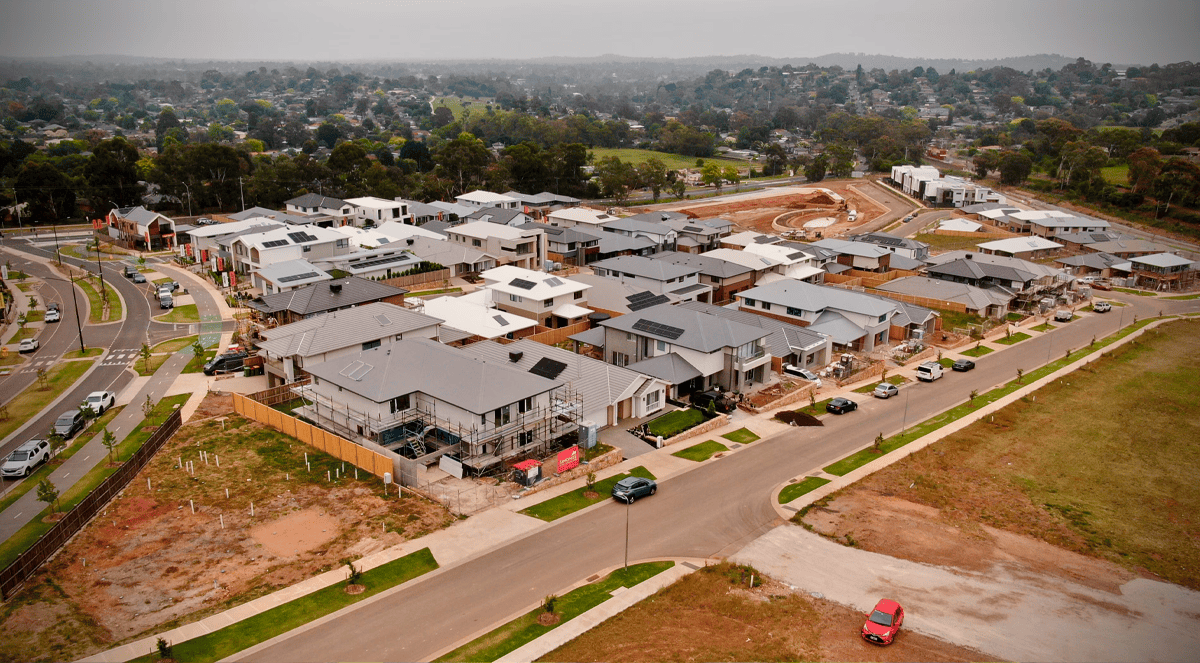
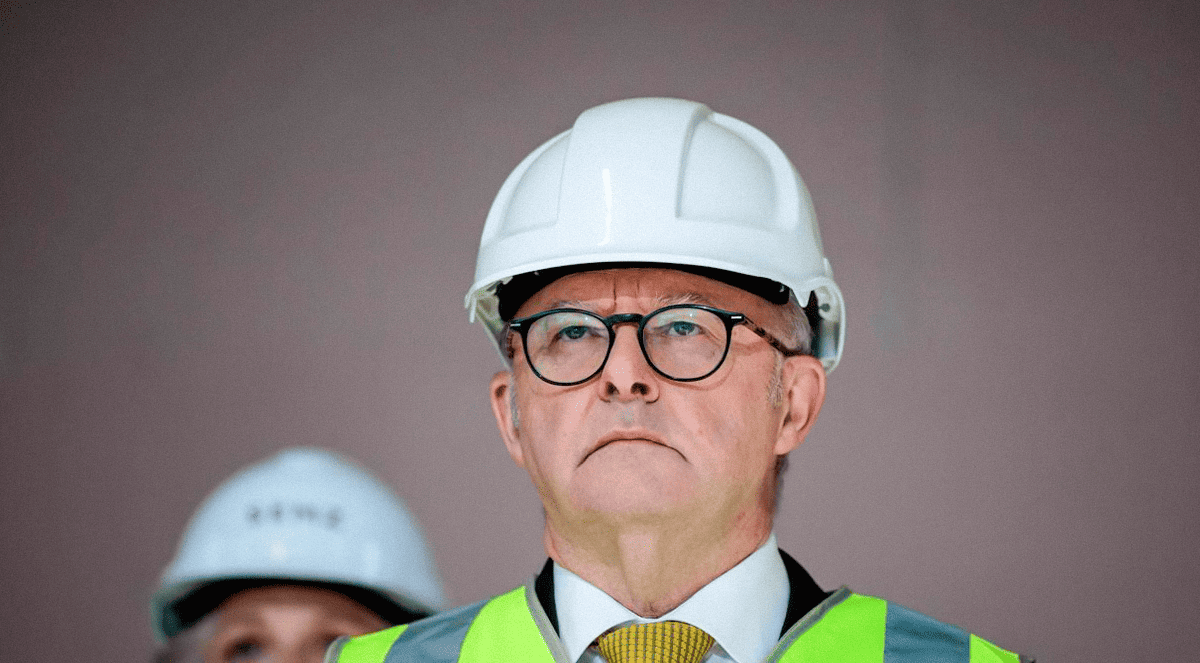
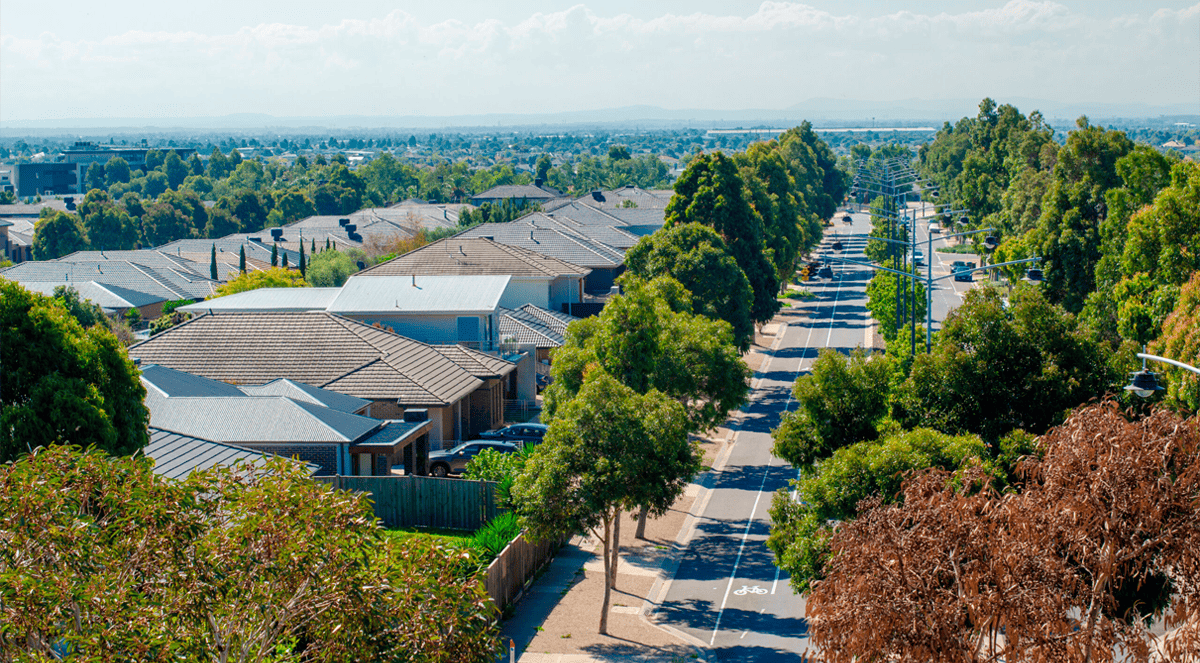
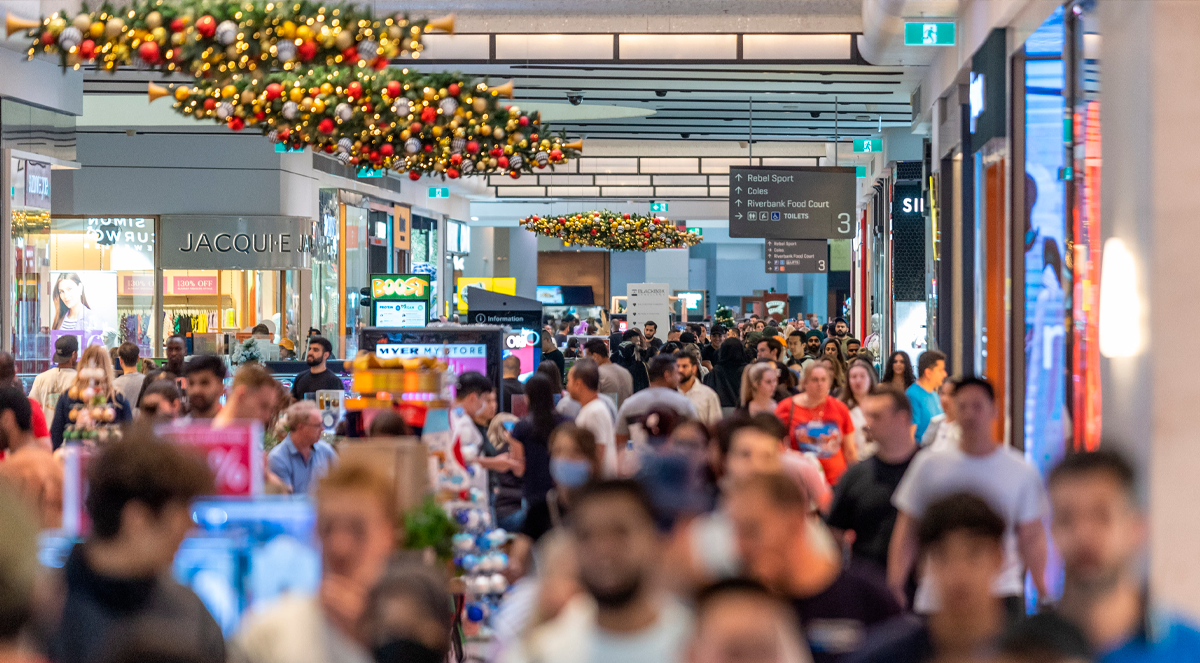
.jpg?width=1920&height=1080&name=Warning%2c%20You%20Might%20Be%20Facing%20Higher%20Taxes%20Soon%20(1).jpg)





.png?width=1920&height=1080&name=Rate%20Drops%20Signal%20BIGGEST%20Property%20Boom%20in%20DECADES%20(1).png)

.jpg?width=1920&height=1080&name=Labor%20vs%20Liberal%20These%20Housing%20Policies%20Could%20Change%20the%20Property%20Market%20Forever%20(1).jpg)
.jpg?width=1920&height=1080&name=QLD%20Slashes%20Stamp%20Duty%20Big%20News%20for%20Investors%20%26%20Home%20Buyers%20(1).jpg)
.jpg?width=1920&height=1080&name=Trump%20Just%20Slapped%20Tariffs%20%E2%80%93%20Here%E2%80%99s%20What%20It%20Means%20for%20Australia%20(1).jpg)
.jpg?width=1920&height=1080&name=Federal%20Budget%202025%20More%20Debt%2c%20No%20Housing%20%E2%80%93%20Here%E2%80%99s%20What%20You%20Need%20to%20Know%20(1).jpg)
.jpg?width=1920&height=1080&name=Australias%20Housing%20Crisis%20is%20about%20to%20get%20MUCH%20Worse%20(New%20Data%20Warns).jpg)
%20(1).jpg?width=1920&height=1080&name=Australias%20RENTAL%20CRISIS%20Hits%20ROCK%20BOTTOM!%20(2025%20Update)%20(1).jpg)
%20(1).png?width=1920&height=1080&name=Is%20Adelaide%20Still%20a%20Good%20Property%20Investment%20(2025%20UPDATE)%20(1).png)
.jpg?width=1920&height=1080&name=RBA%20Shocks%20with%20Rate%20Cuts!%20What%E2%80%99s%20Next%20for%20Property%20Investors%20(1).jpg)
%20(1).jpg?width=1920&height=1080&name=I%20Predict%20The%20Feb%20Rate%20Cut%20(My%20Price%20Growth%20Prediction)%20(1).jpg)
.png?width=1920&height=1080&name=Why%20Property%20Prices%20Will%20Rise%20in%202025%20Market%20Predictions%20(1).png)
.jpg?width=1920&height=1080&name=Why%20Investors%20Are%20Choosing%20Apartments%20Over%20Houses%202%20(1).jpg)
.jpg?width=1920&height=1080&name=Why%20Rate%20Cuts%20Will%20Trigger%20A%20Property%20Boom%20(1).jpg)
.jpg?width=1920&height=1080&name=Retire%20On%202Million%20With%20One%20Property%20(Using%20SMSF).jpg)
.jpg?width=1920&height=1080&name=4%20Reasons%20Why%20You%20Should%20Invest%20in%20Melbourne%20Now%20(1).jpg)
%20(1).jpg?width=1920&height=1080&name=Old%20Property%20vs%20New%20Property%20(Facts%20and%20Figures%20Revealed)%20(1).jpg)
%20(1).jpg?width=1920&height=1080&name=Will%20The%20New%20QLD%20Govt%20Create%20a%20Property%20Boom%20or%20Bust%20(My%20Prediction)%20(1).jpg)
%20Scott%20Kuru%20(1).jpg?width=1920&height=1080&name=Inflation%20Hits%20Three-Year%20Low%20(Will%20RBA%20Cut%20Rates%20Soon)%20Scott%20Kuru%20(1).jpg)
.jpg?width=1920&height=1080&name=How%20to%20Buy%20Investment%20Property%20Through%20SMSF_%20The%20Ultimate%20Guide%20(1).jpg)
.jpg?width=1920&height=1080&name=Victoria%20Slashes%20Stamp%20Duty%20Melbourne%20Set%20to%20Boom%20Scott%20Kuru%20(1).jpg)
.png?width=1571&height=861&name=Are%20Foreign%20Buyers%20Really%20Driving%20Up%20Australian%20Property%20Prices%20(1).png)
.jpg?width=1920&height=1080&name=The%20Single%20Factor%20That%20Predicts%20Property%20Growth%20Regions%20(1).jpg)
%20Scott%20Kuru%20(1).jpg?width=1920&height=1080&name=My%20Prediction%20On%20Rates%20%26%20Negative%20Gearing%20(Market%20Crash)%20Scott%20Kuru%20(1).jpg)

-1.png?width=1920&height=1080&name=Major%20Banks%20Cut%20Rates%20Will%20RBA%20Follow%20Suit%20(Sept%20Rate%20Update)-1.png)
%20Scott%20Kuru-1.png?width=1920&height=1080&name=Rate%20Cut%20Coming%20What%20New%20Zealands%20Move%20Means%20for%20Australia%20(Sept%20Prediction)%20Scott%20Kuru-1.png)
%20(1).jpg?width=1920&height=1080&name=Buy%20when%20the%20interest%20rates%20are%20high!%20(Why%20you%20must%20buy%20now!)%20(1).jpg)
.jpg?width=1920&height=1080&name=Carms_Revised%20Taxes%20Due%20Aug%209%20YT%20Thumbnail02%20(1).jpg)
.jpg?width=1920&height=1080&name=Carms_Too%20Little%20Too%20Late%20Aug%207%20YT%20Thumbnail01%20(1).jpg)









.jpg?width=1920&height=1080&name=Carms_Rate%20Drop%20In%20July%20Jun%2010%20YT%20Thumbnail02%20(1).jpg)
.jpg?width=1920&height=1080&name=Carms_Own%20a%20Property%20V6%20Jun%205_YT%20Thumbnail%20(1).jpg)









.png?width=1920&height=1080&name=Artboard%201%20(3).png)






.jpg?width=1920&height=1080&name=YT%20thumbnail%20%20(1).jpg)

